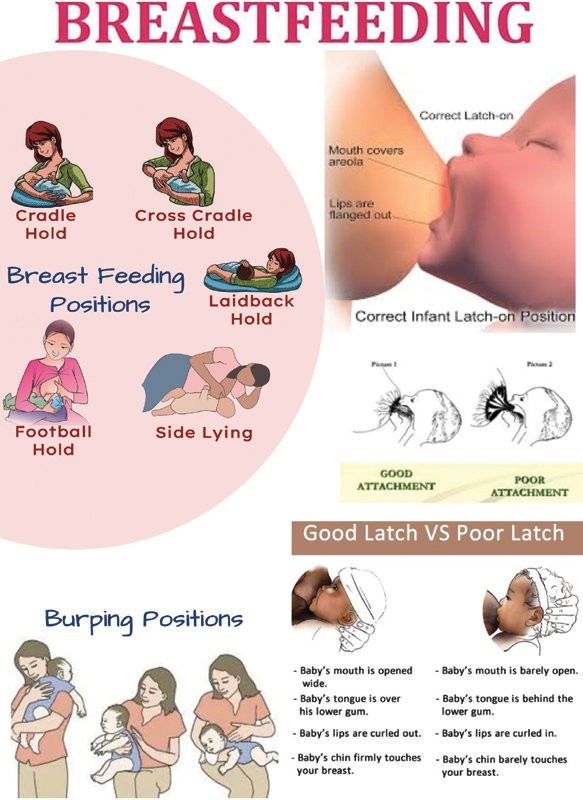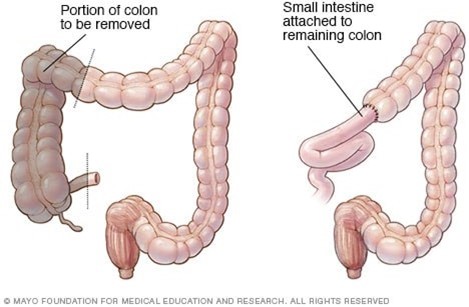A nurse and assistive personnel (AP) are caring for a client who requests a PRN pain medication. After the nurse administers the medication, which of the following tasks should the nurse assign to the AP?
Document the client's respiratory rate in 1 hr.
Monitor the client for an allergic reaction for 30 min.
Check the client's response to the medication in 1 hr.
Evaluate the client for therapeutic effects in 30 min.
The Correct Answer is A
After the nurse administers a PRN pain medication to a client, the nurse can assign the assistive personnel (AP) to document the client's respiratory rate in 1 hour. This is within the scope of practice of an AP.
The other tasks are not appropriate for an AP to perform.
Monitoring the client for an allergic reaction and evaluating the client for therapeutic effects are both nursing assessments that should be performed by the nurse.
Checking the client's response to the medication is also a nursing assessment that should be performed by the nurse.
Nursing Test Bank
Naxlex Comprehensive Predictor Exams
Related Questions
Correct Answer is D
Explanation
When a mother states that she should have her baby latch on to both the nipple and areola during breastfeeding, it demonstrates an understanding of the correct latch technique. A proper latch involves the baby taking in not just the nipple but also a portion of the surrounding areola. This ensures effective milk transfer and helps prevent nipple soreness or damage.

"My baby should breastfeed 5 to 10 minutes on each breast": This statement is not entirely accurate. It is important to understand that breastfeeding duration can vary among infants, and there is no fixed timeframe for how long a baby should breastfeed on each breast. Some infants
may nurse for shorter periods, while others may take longer. The focus should be on ensuring that the baby is effectively nursing and getting enough milk rather than adhering strictly to a specific time limit.
"I should keep my baby on a strict feeding schedule": This statement is incorrect. Breastfeeding on demand, also known as responsive feeding, is generally recommended for newborns.
Newborns should be fed whenever they show signs of hunger, such as rooting, sucking motions, or increased alertness. Strict feeding schedules can interfere with the baby's natural feeding cues and hinder milk supply establishment.
"I should not wake my baby during the night to breastfeed": This statement is not accurate, especially for a 5-day-old newborn. Newborns typically need frequent feeding, including during the night, to meet their nutritional needs and support proper growth and development. It is generally recommended to wake a sleeping newborn every 2-3 hours during the night to ensure adequate feeding and prevent excessive weight loss.
Correct Answer is D
Explanation
The subjective indication that the client needs PRN (as needed) pain medication is when the client reports pain. Pain is a subjective experience, and it is essential to address the client's self-reported pain level and provide appropriate pain management.
Explanation for the other options:
a) The client's heart rate is 110/min: An increased heart rate can be an objective indication of pain, but it is not a subjective indication. Subjective indications are based on the client's self-report or personal experiences.
b) The client is guarding their abdominal incision: Guarding the abdominal incision may suggest discomfort or pain, but it is an objective indication that can be observed by the nurse. Subjective indications focus on the client's self-report.
c) The client exhibits facial grimacing: Facial grimacing can be an objective indication of pain, but it is not a subjective indication. Again, subjective indications are based on the client's self-report or personal experiences.
In this scenario, the most reliable and appropriate indication for administering PRN pain medication is when the client reports pain, as this acknowledges the client's own perception of their pain level.

Whether you are a student looking to ace your exams or a practicing nurse seeking to enhance your expertise , our nursing education contents will empower you with the confidence and competence to make a difference in the lives of patients and become a respected leader in the healthcare field.
Visit Naxlex, invest in your future and unlock endless possibilities with our unparalleled nursing education contents today
Report Wrong Answer on the Current Question
Do you disagree with the answer? If yes, what is your expected answer? Explain.
Kindly be descriptive with the issue you are facing.
